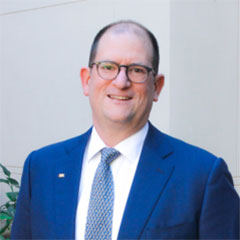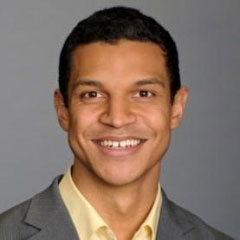For the last four years, the Next Education Workforce™ team at Arizona State University’s Mary Lou Fulton College for Teaching and Learning Innovation has collaborated with more than 20 school systems across a dozen states to help build team-based staffing models in more than 80 schools. When we say, “team-based staffing models,” what do we really mean? At its most simple implementation, we are talking about at least two professional educators sharing a common (and usually larger) roster of students. This teaming structure allows the educators to put the students at the center and ask how they might serve them even better. The model assumes educators have different strengths and can live into them, fundamentally changing the job for educators. While we define a team as at least two professional educators, we’ve found that many teams have more – three, four, five, sometimes as many as six – and we’ve found that having larger teams creates more flexibility for dynamic student grouping and allows educator teams to be even more innovative. Teams often also include student teachers, para-professionals in specialized roles and community educators–all of whom help better answer the question: “Who do our students need to thrive?
From …
One teacher in one classroom asked to be all things at all times

To …
Teams of professional educators with distributed expertise

Or maybe even this …
Teams with professional educators and other members of the education workforce

Each staffing model looks different. The model that educators in rural Colorado build will differ from what the largest school district in Arizona will build. Clearly there are also differences in how a 9th grade educator team would come together around learners compared to a team working with 3rd graders, but even among elementary schools within the same school district, the models vary. In fact, even among teams within the same school we see differences in the models. All Next Education Workforce team-based models share a few common elements, but ultimately, context drives the design.
Are these team-based models better for educators and students? The outcomes, while limited to Arizona at the moment, are promising — teachers are reporting higher levels of self-efficacy, better relationships with students and are taking fewer days off. Third graders in team-based models are seeing an extra 1.5 months of reading growth, on average, and 9th graders served by educator teams are posting 5-7 percentage point increases in Algebra I passing rates. We are only just starting to measure a whole set of broader outcomes where we expect to see even greater positive impacts of team-based models.
Educators interested in building team-based staffing models in their local contexts often ask us what are the most important things to get right. After seeing the successes and struggles of hundreds of teams, here is what we’d say:
- A great building-level leader: We cannot underestimate the importance of having the right building-level leader, especially in school systems just starting to redesign staffing models. The leader must be willing to take risks and provide support and cover to educator teams. They must create the conditions that allow them to trust the educator teams to take advantage of their distributed expertise, greater flexibility in scheduling and collective autonomy to make the right decisions for their learners.
- Protected planning time for educator teams: Where teams don’t have time to plan together on at least a weekly basis (daily is even better), they struggle and often return to a typical one-teacher, one-classroom model. Trust must be built among members of the team and they must plan how to leverage more educators to better meet the needs of their shared roster of learners. All of this takes time. And that time must be together as a whole team.
- Support at the systems level: There are dozens of structures and systems that reinforce and reward the one-teacher, one-classroom model of staffing schools (e.g., student information systems, teacher evaluation systems, scheduling software, budgets based on student-to-teacher ratios). Never have we seen a school system abandon those structures immediately. Instead, systems leaders must create the space and conditions for building-level leaders to try new ways of staffing their schools. Over time, system-wide structures will shift, but not immediately.
In launching the Next Education Workforce blog, our hope is to share insights like these with the larger community. We will explore news, behind-the-scenes content, research spotlights and more about our team and our partners. We will feature guests, share important updates and provide insights into the national education landscape. Watch this space for more posts. In the meantime, we invite you to share your thoughts and ideas. Join the conversation with #NextEducationWorkforce or contact us.


